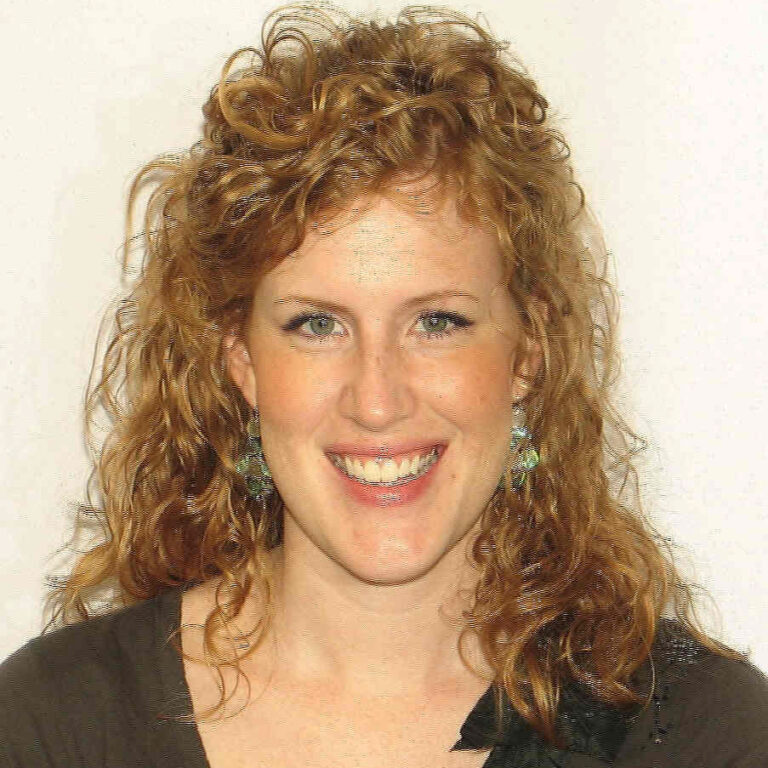I wasn’t very flexible, and had long legs and a shorter torso, so the V Sit and Reach wasn’t an area where I excelled. The flexed arm hang wasn’t my area, either. The timed mile run didn’t make much sense to me either, unless I was competing in track and field or another sport that involved running. I also have memories of standing around a long rope and watching classmates attempt to climb it all the way to the top of the gym ceiling, which seemed a mile high. There was always some skinny farm kid that would go flying up that rope in his jeans and impress us all.
The Presidential Physical Fitness award required benchmarks in five events: number of crunches/sit ups/curl ups in 1 minute, the shuttle run, the V sit and reach (or sit and reach), the one mile run, pull ups or right angle push ups. Apparently performing well in those 5 eras is a marker of fitness for children, ages 6 to 17, based on the 1985 School Population Fitness Survey. I’m not sure if it was an accurate measure of fitness for myself and my classmates, but I do remember feeling ashamed about my lack of physical fitness by not performing well on the Presidential Physical Fitness Test. As a kid, why did I need to be able to do pull ups to be healthy, I wondered? I walked to school or rode my bike, and ran around and played outside and went swimming at the local pool. I was active. But I never did pull ups in anything other than the Presidential Fitness Test day. So why would that be a useful measure of fitness?
President Eisenhower established the President’s Council on Youth Fitness in 1956 after a publication in December of 1953 that expressed concern about the lack of physical fitness in American youth. After holding a Presidential Conference on Fitness of American Youth in June of 1956, Ike created the Council to be a “catalytic agent” focused on public awareness. By the time Lyndon B. Johnson became president, the name was changed to The Presidential Council on Physical Fitness and Sports “to encourage lasting fitness gains through sports and games and added five objectives to the Executive Order.” The Presidential Fitness test was introduced in 1966 to encourage health and exercise in children. According to today’s Presidential Youth Fitness Program, it places an “emphasis on the value of living a physically active and healthy lifestyle — in school and beyond. The program minimizes comparisons between children and instead supports students as they pursue personal fitness goals for lifelong health.”
I hope that’s true, as we all inhabit different bodies with different abilities and interests, which is magnified even more as kids grow and change. I remember that I enjoyed physical education classes as a kid, because it felt good to play and move around. I also remember learning quite quickly that I was not as athletic or coordinated as other people. I wasn’t naturally gifted in most sports and was never picked early for teams. I had to learn how to shrug that off and I learned quickly to laugh at myself and avoid situations that involved catching or throwing so I wouldn’t embarrass myself. I’ve always been active and disciplined about being active because I enjoy it, and it took until my 30s and early 40s until I realized that being active didn’t require being athletic. I could just enjoy walking, or running, or roller skating, or lifting, or biking, or spinning classes, or Pilates, or hiking or chasing kids and dancing in the kitchen without feeling like I needed to be ‘sporty’ or a good athlete.
What would physical education look like if everyone had access to fitness on their own terms?
Photo by Bruno Nascimento on Unsplash

